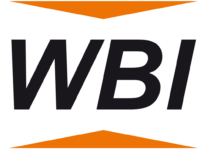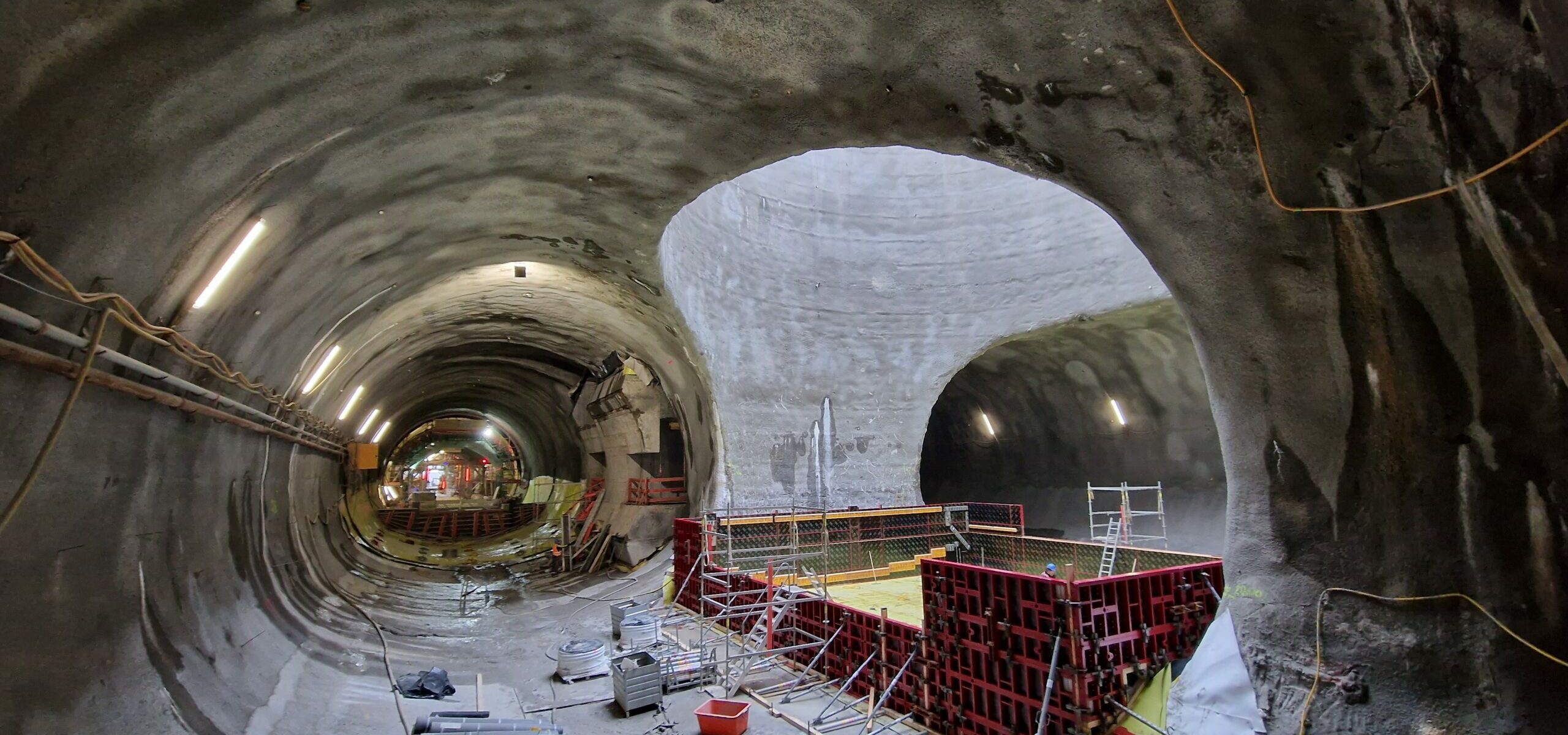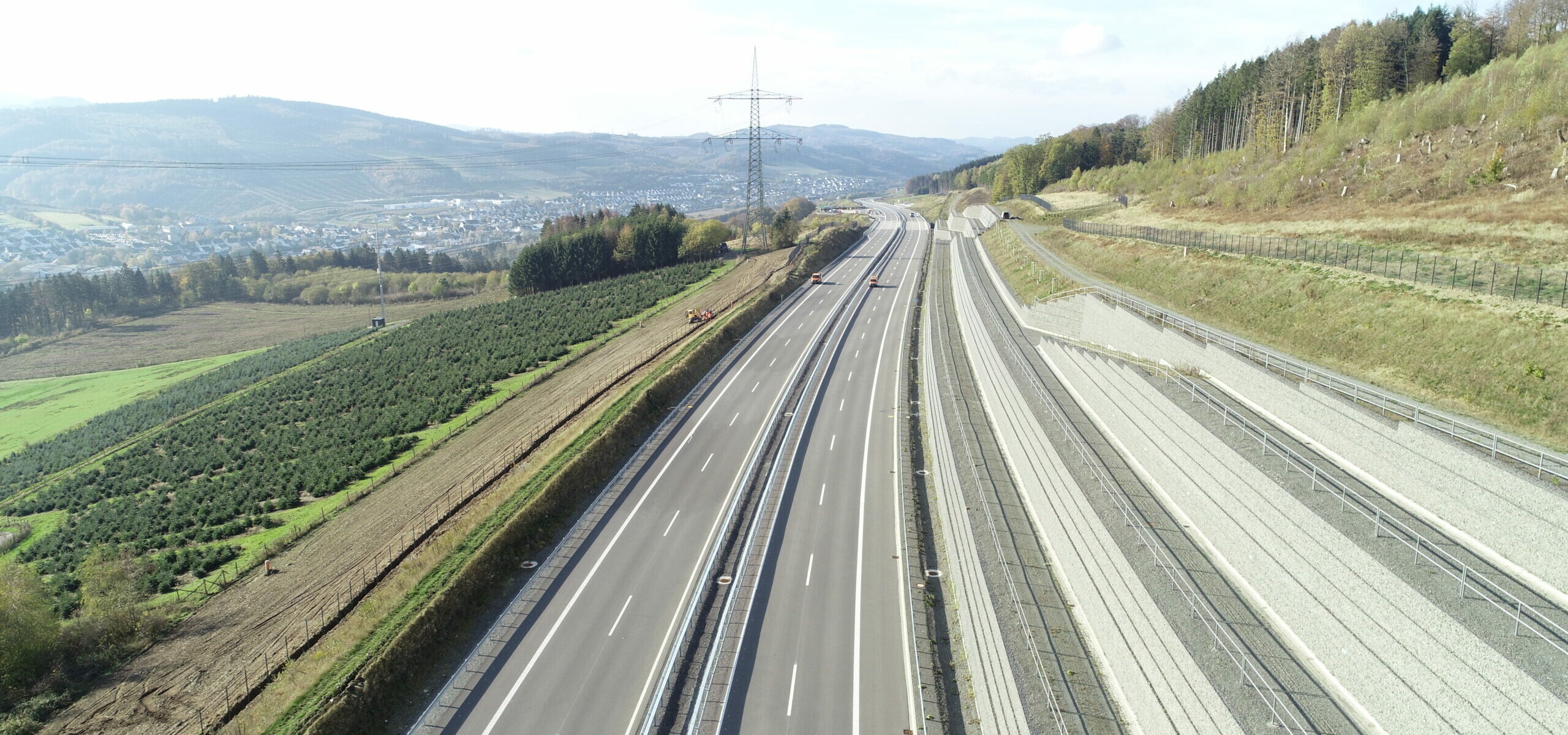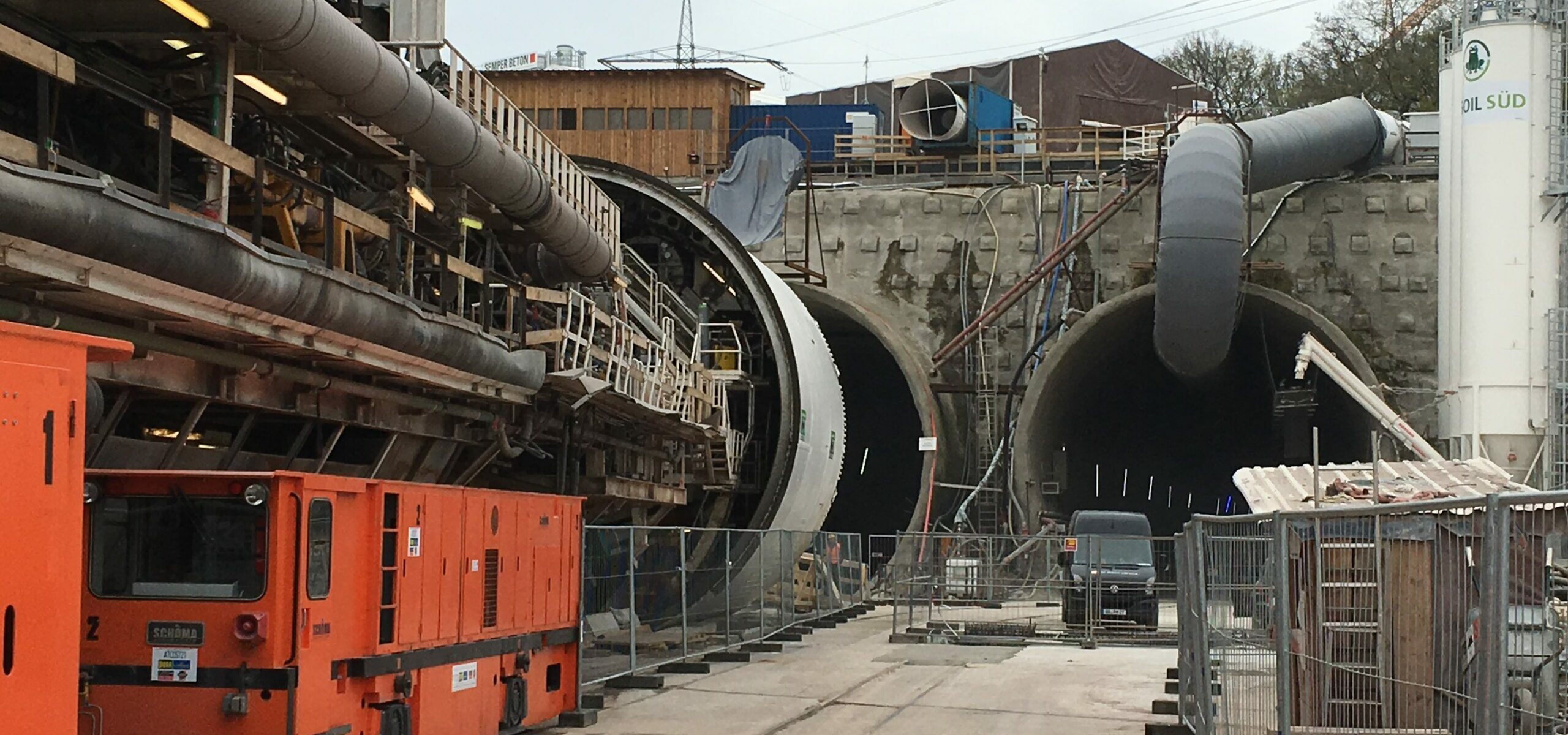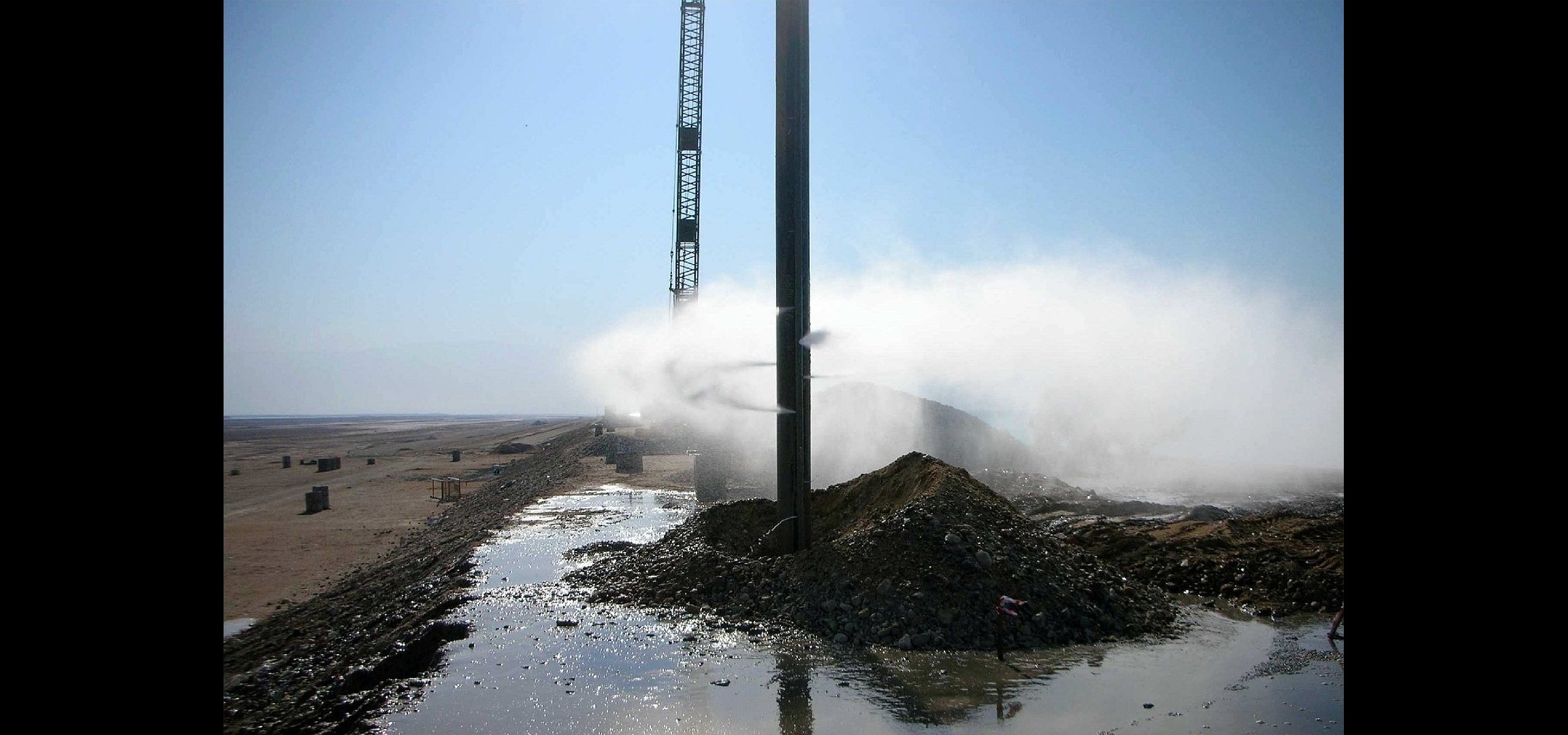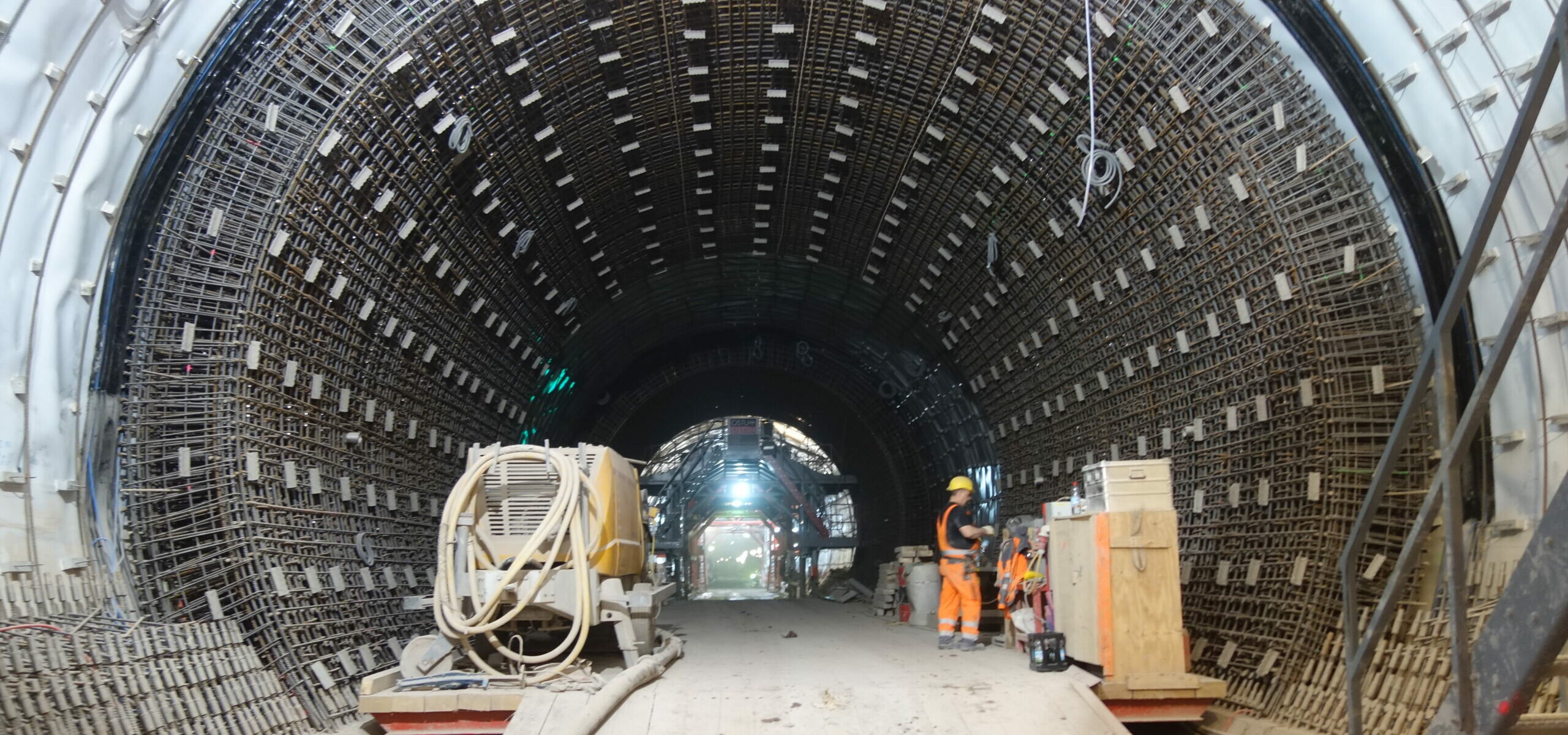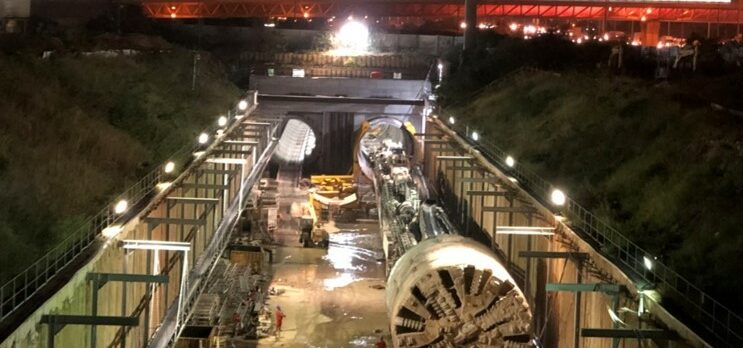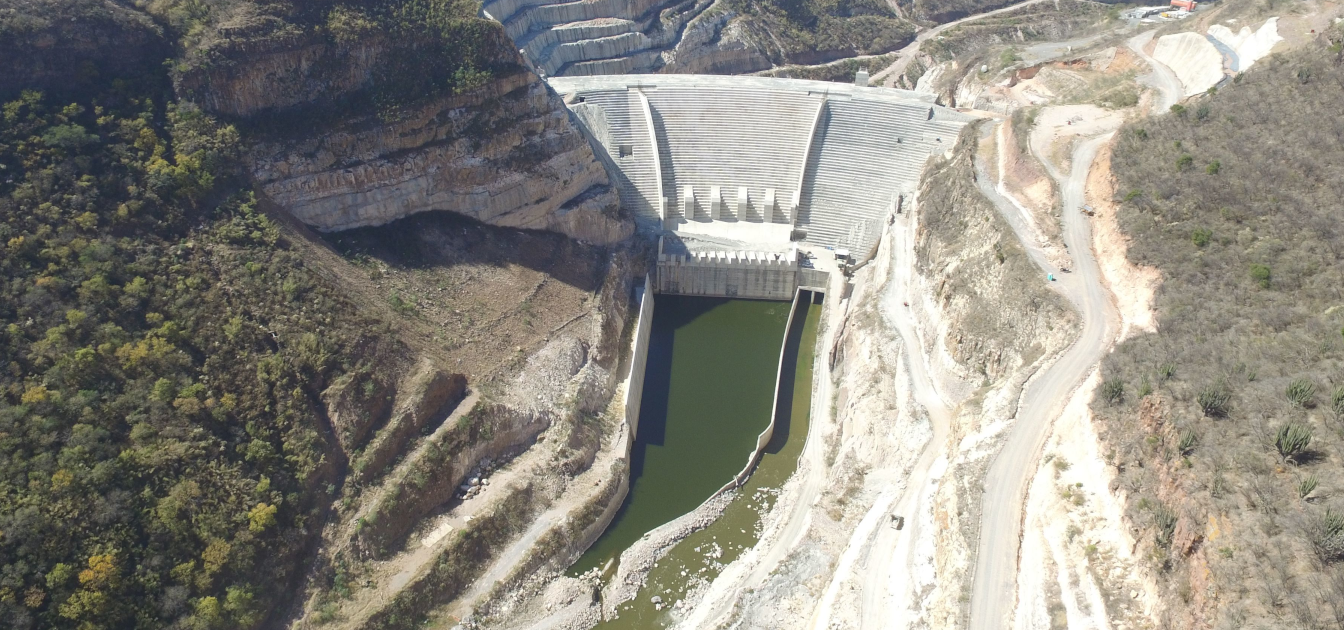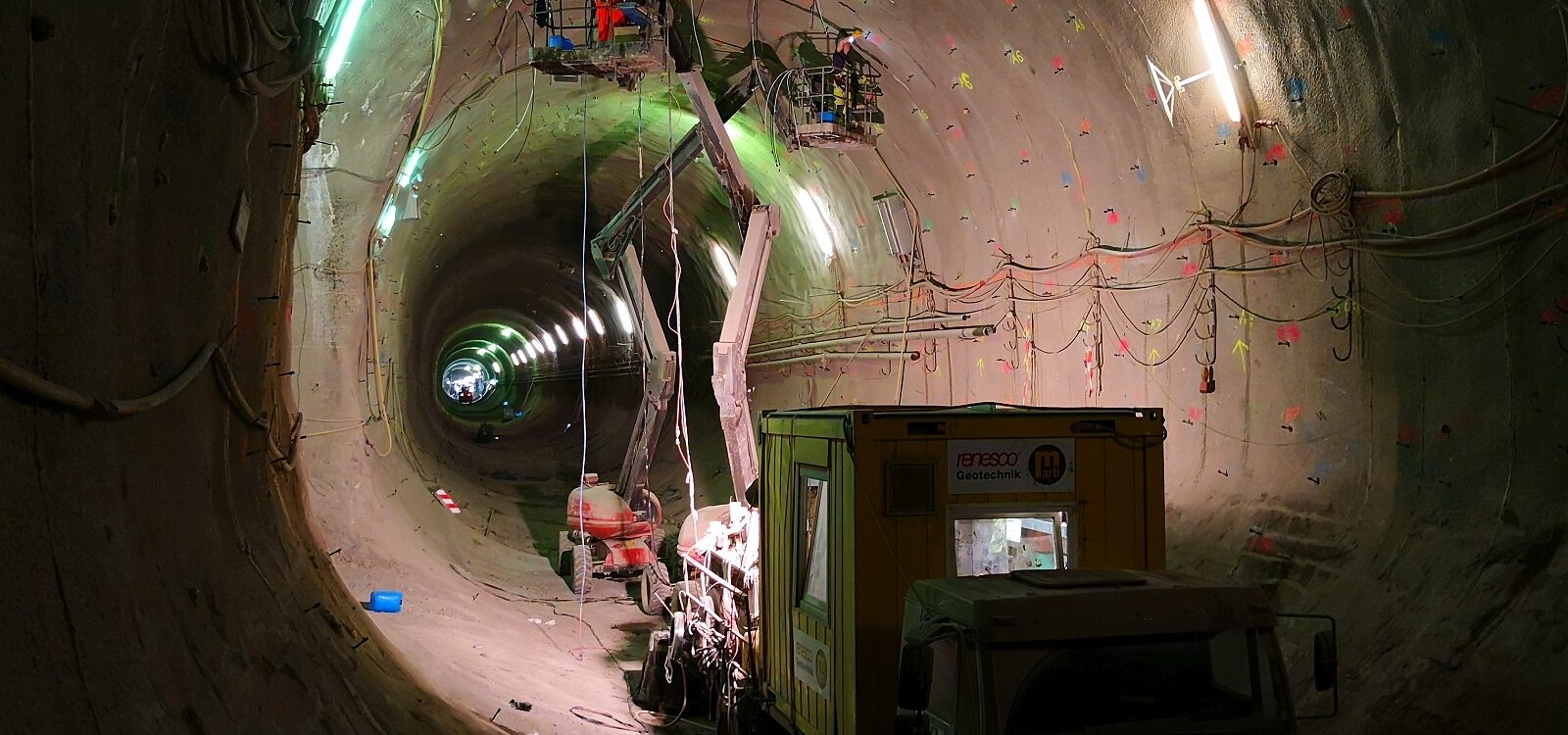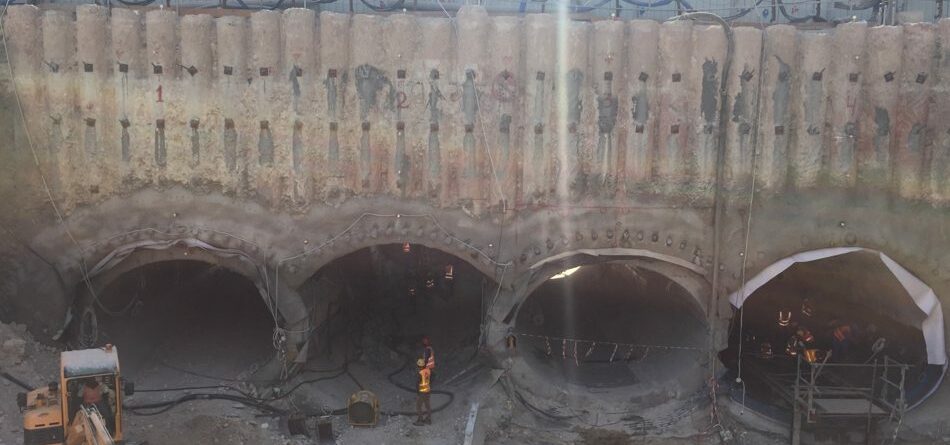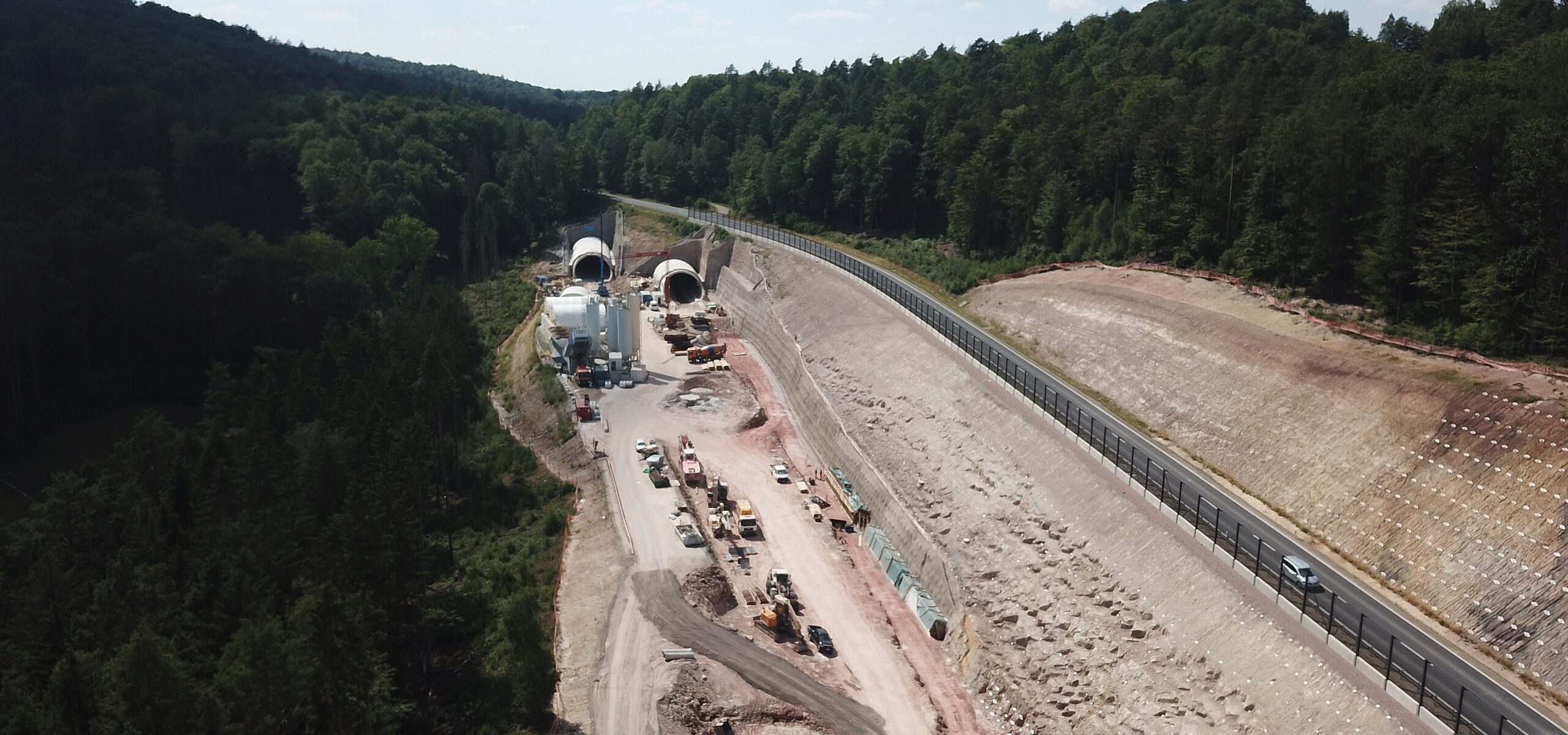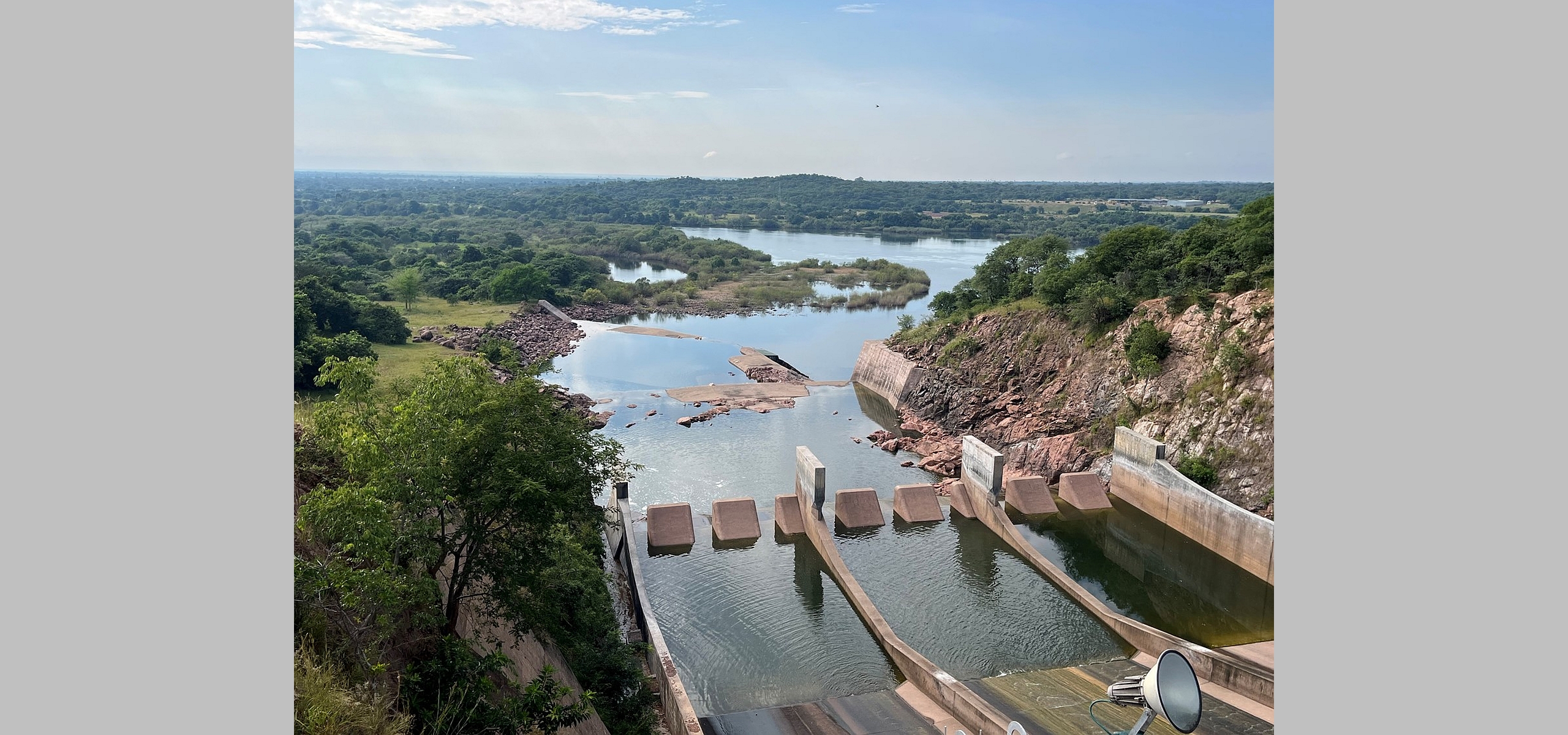Pioneers in engineering worldwide
We are a global boutique engineering company that is deeply rooted in science and empowered by proprietary modeling and planning systems. Being experts in both – Geotechnical and Structural Engineering as well as their interaction and with over 50 years of international experience, we make it possible to engineer global infrastructure projects in smarter, better, safer, more economical, and more sustainable ways.
We are specialized in civil, structural, geotechnical and rock mechanical engineering for Tunnels & Underground structures, Mining, Dams & Hydropower, Slopes & Embankments, Deep Construction & Foundations.
Our services cover the whole range of planning and design – from feasibility to detailed – as well as ground and tunneling expertises, review of designs, site supervision, monitoring and technical advisory and expert services. We are renowned globally for solving tasks that require high skills, the best systems, and pioneering problem solving capabilities.
Over the years, we have supported the successful completion of
> 80 rail tunnels with a total length of ~ 290 km
> 70 road tunnels with a total length of ~ 100 km
> 25 water tunnels with a total length of ~ 250 km
> 60 dam and hydropower projects including underground caverns
> 65 geotechnical projects, such as slopes and foundations.
As one of our respected clients once stated on a special occasion
„From the lowest place on earth (Dead Sea) to the highest technology (WBI)“.
Founded in 1980, WBI is a global, family-owned and family-run, independent engineering company with headquarters in Germany and subsidiaries in Guadalajara, México, Santiago de Chile and Lima, Perú.
WBI’s founder, Professor Dr.-Ing. Dr.-Ing. E.h. Walter Wittke, is a worldwide renowned authority in geotechnical engineering having more than 63 years of professional experience. His fellow members of the senior management team, Dr. Martin Wittke, Dr. Bettina Wittke-Schmitt, and Dr. Patricia Wittke-Gattermann, have a combined experience of over 70 years.
WBI has sponsored and actively supported 6 PhD theses by our team members and is continuously conducting cutting edge applied research in connection with our projects. Our unique know-how translates to excellence in the work for our clients as well as the development of proprietary software and design concepts.
Over the past 60 years, we have developed our unique and proprietary AJRM Rock Mechanics model. It allows to capture and model the relevant structural and hydraulical characteristics of a rock mass as a basis for design and engineering. We are convinced that this type of realistic modeling, following the concepts of structural engineering and opposing the concepts of simple classification, is the only way to ensure the economic and safe design of structures in rock.
A further essential tool for our designs is our proprietary software universe WSI for numerical analyses. It allows for realistic modeling of ground (soil & rock), structure and their mutual interaction. Numerous modules enable different types of analyses and comprehensive representation of results as basis for engineering and design.
WBI’s Building Informational Modeling WBIM is one of our contributions to the digital transformation of engineering in our fields of activity. It is a data based BIM model consisting of 5 different coupled modules dealing with PMO data, surrounding data, geotechnical matters, design issues and supervision as well as automated monitoring tools.
Climate protection and the geopolitical factors pose major challenges for our society. To protect the climate, we have to reduce CO2 emissions and cut the consumption of fossil fuels. The war in the Ukraine has made us very aware of our economy's dependence on fossil energy sources and the importance to conserve energy. Likewise, it has become apparent that supply chain challenges are also impacting the availability and cost of raw materials for the construction industry. An optimization of the design of conventional tunnels by owners and planners can lead to a significant reduction of CO2 emissions, energy and raw material requirements, and thus also costs.
See “Letter Dez 2021” to learn about our Senior CEO’s point of view.
See “article tunnel 2022” for potential optimizations in tunnel design, which enable a relevant contribution to reduction of CO2 emissions.
